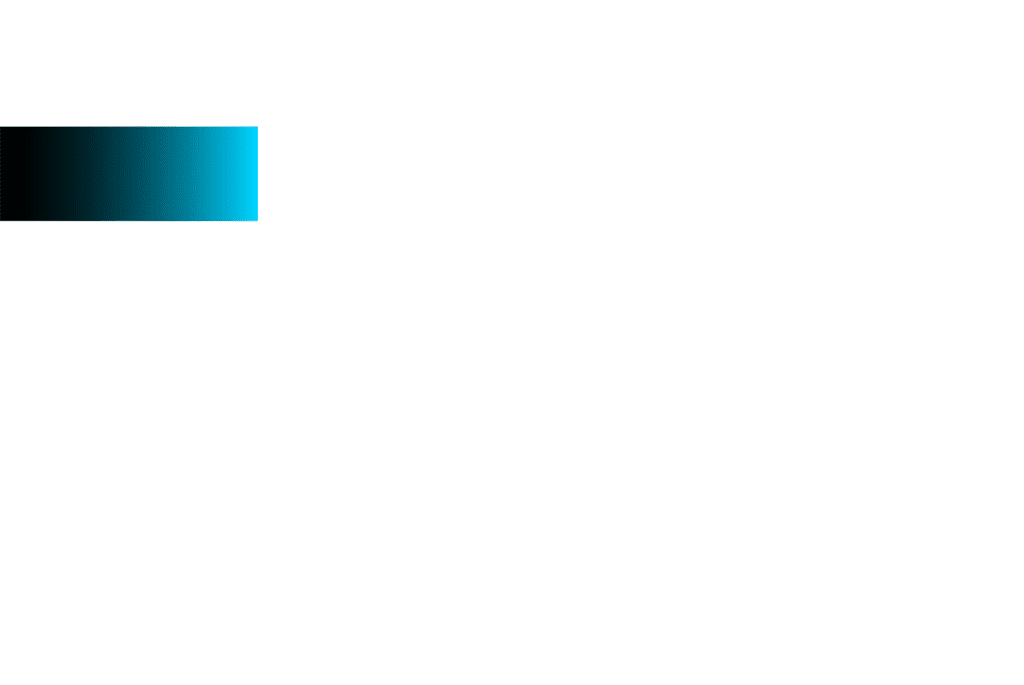What do Symmetrical and Asymmetrical Mean for Connectivity?
Symmetrical connections are exactly what they sound like; a connection with equal download and upload speeds. For example, with a 500/500 Mbps fibre internet connection you get 500 Mbps of download AND 500 Mbps of upload speeds.
An asymmetrical connection, however, does NOT have equal download/upload speeds. For example, 60/3 means 60 Mbps download and 3 Mbps upload speed. Asymmetrical speeds are usually found in traditional internet connections, like ADSL.

Pros of a Symmetrical Connection
Faster (and larger) file uploads. We know the feeling. Uploading files to the cloud feels like ages and you end up putting it off as long as possible. With symmetrical speeds, you can upload as fast as you download, so you can finally cross backing up your projects off the to-do list.
Eliminate the internet bottleneck. If you’re noticing slow uploads and dropped calls, your data may be getting “clogged” due to a lack of available bandwidth in high traffic periods. This can mean a significant drop in productivity for you and your employees. Symmetrical connections ensure your upload speeds aren’t strained due to high use.
Accessible cloud services. More and more companies are moving to the cloud for the greater flexibility cloud services provide – but what good is a cloud you can’t reach? Reliably accessing the cloud depends on high upload speeds, so symmetrical connections will guarantee that your cloud services are always available.
Pros of an Asymmetrical Connection
- Price. Asymmetrical connections are almost always less expensive.
- Fast download speeds. Although uploading will take time, you’ll still get high-speed downloading with an asymmetrical connection. If uploading isn’t a high priority for your business, you may not need to make the extra investment.
What’s best for my business?
Both connections have their benefits, but what works best for your business will depend on how you use the internet.
Investing in symmetrical speeds will make more sense if you are…
- A mid-size or large company with many employees.
- Heavy users of collaboration tools (including UCaaS and voice).
- Moving (or are already using) applications and services to the cloud (Google Drive, Office 365, Salesforce, etc).
- Part of a team that is distributed across a large geographic area – including multiple sites, locations, & remote workers.
- Productivity bottlenecks are appearing between your tools.
- Scaling up your operations and need to prepare additional capacity for growth.
An asymmetrical connection might fulfill your needs if you are…
- A small company with only a few employees.
- Not relying on the internet for resource-heavy uses – mostly you’re just web-surfing.
- You have one location, or are not part of a larger network.
Ultimately you’ll have to consider what you expect of your internet connection today and in the future when making your decision. Our team of experts can help you with that assessment and find the right solutions to support your goals.





